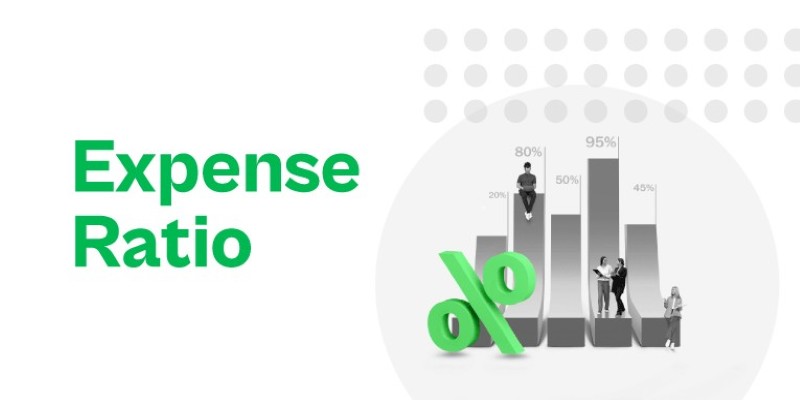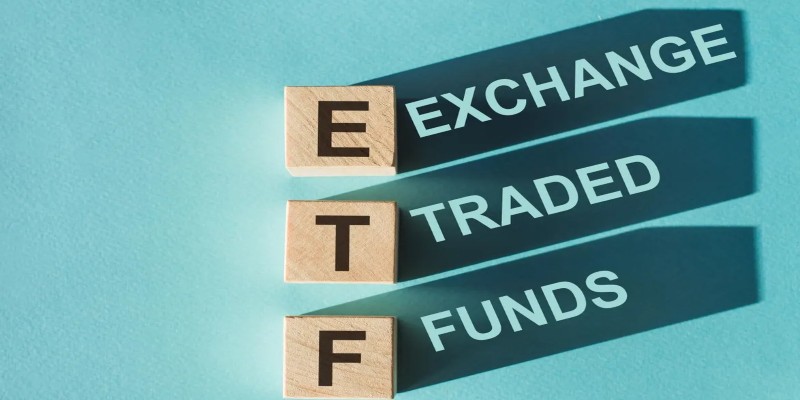Why Expense Ratios Matter For ETF Investors
Exchange-traded funds (ETFs) have become a go-to choice for investors due to their flexibility, low cost, and diverse investment opportunities. However, one crucial factor to consider when choosing an ETF is its expense ratio. While it may seem like just another number to glance over, understanding why expense ratios matter can help investors make more informed decisions, maximizing returns while minimizing costs.
What Is An Expense Ratio?
Before diving into why expense ratios are important, it's essential to understand what they are. The expense ratio of an ETF represents the annual fee expressed as a percentage of the fund's average net assets. It includes all the fund's operating costs, such as management fees, administrative expenses, and other associated costs required to keep the fund running smoothly. In simple terms, the expense ratio tells investors how much they will pay for the management and maintenance of the fund.

For example, if an ETF has an expense ratio of 0.10%, this means that for every $1,000 you invest, you will pay $1 annually in expenses. While the cost might seem small, it’s essential to remember that these fees compound over time, especially for long-term investors. The lower the expense ratio, the less you pay out of your investment returns.
Impact On Long-Term Returns
One of the primary reasons that expense ratios matter for ETF investors is their effect on long-term returns. Over time, even slight differences in expense ratios can add up to significant amounts. This is especially true when compounded over many years, where the higher the expense ratio, the more your returns will be siphoned off to cover fund expenses.
Let's consider two hypothetical ETFs: one with an expense ratio of 0.05% and another with 0.50%. Over 30 years, the difference in fees between these two funds could amount to tens of thousands of dollars. While the difference in annual fees might seem negligible initially, the cumulative effect of paying a higher expense ratio could have a noticeable impact on your total investment value.

A lower expense ratio ensures that more of your investment remains working for you, generating returns. Investors who overlook the expense ratio may not realize how much it can erode their potential profits, especially over long investment horizons.
Comparing ETFs: More Than Just Performance
When choosing an ETF, it's crucial to consider more than just past performance. While a fund's historical returns are essential, they don't paint the complete picture of an investment's cost-effectiveness. Two ETFs may offer similar returns, but one might have a significantly higher expense ratio. In this case, the fund with the lower expense ratio could be the better option, as it will leave more returns in your hands.

Comparing ETFs based solely on performance can be misleading because past performance does not guarantee future results. An ETF with a lower expense ratio might underperform slightly in the short term but provide better long-term results due to lower costs. Therefore, investors should assess the total cost of owning an ETF, not just its recent performance.
How Expense Ratios Relate To Fund Management And Strategy
Expense ratios vary based on the type of ETF and its investment strategy. Actively managed ETFs, which involve a team of fund managers making decisions on buying and selling securities, typically come with higher expense ratios. This is because active management requires more resources and a workforce to execute the strategy. Conversely, passively managed ETFs, which track an index like the S&P 500, tend to have much lower expense ratios because they require less management.
When considering the expense ratio, it is crucial to evaluate the fund's strategy and decide whether the cost is justified. If you're investing in an actively managed fund, you may be willing to accept a higher expense ratio in exchange for the potential to outperform the market. However, for most investors, passively managed ETFs, with their lower costs and solid historical performance, often present a more cost-effective long-term investment.
How To Minimize The Impact Of Expense Ratios
While expense ratios are a significant consideration for ETF investors, they are not the only factor influencing returns. Investors can take several steps to minimize the impact of high expense ratios and maximize their investment returns.
Diversification:
Investing in a mix of low-cost ETFs can offset the impact of higher expense ratios in certain funds. By diversifying across different sectors, asset classes, and geographical regions, you can reduce your exposure to high fees.

Long-Term Focus:
The longer your investment horizon, the more significant the difference in fees can become. If you plan to hold an ETF for several years or decades, the benefits of low expense ratios become even more apparent.
Consider Fund Strategy:
As mentioned earlier, actively managed funds tend to have higher expense ratios. If you're comfortable with passive investing, focusing on low-cost index-tracking ETFs can give you broad market exposure at a much lower cost.

Watch Out For Hidden Fees:
In addition to the expense ratio, it's essential to consider other costs that may impact your returns, such as trading commissions or bid-ask spreads. While these fees are not part of the official expense ratio, they can still affect your profits.
Conclusion
Expense ratios are an often overlooked yet crucial aspect of ETF investing. They play a significant role in determining the overall cost of owning a fund and can significantly impact long-term returns. By understanding how expense ratios work and why they matter, investors can make smarter, more informed decisions that help preserve their investment profits. Whether investing in passively managed index funds or actively managed ETFs, keeping an eye on fees can make all the difference in achieving your financial goals. Ultimately, the less you pay in payments, the more you keep for yourself—an essential principle for any investor.

